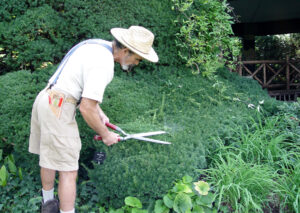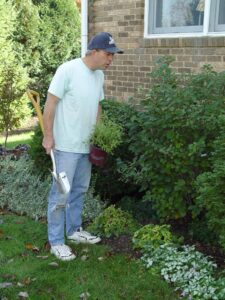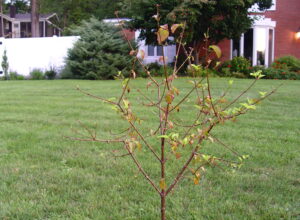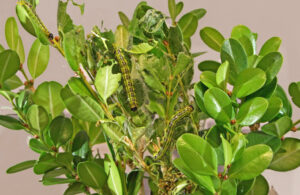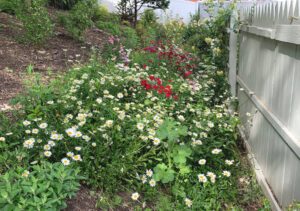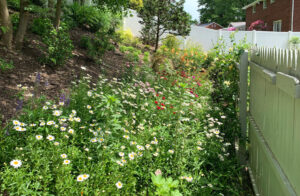All We Gardeners Want for Christmas Is…
December 3rd, 2024
If Santa Claus could work his magic in the garden like he does in the toy shop, what would gardeners want him to deliver?

If only Santa’s magic could work for gardeners…
Better weather would certainly be high on the wish list. Who else gripes more about the weather (too wet, too dry, too hot, too cold, too humid, etc.) than gardeners?
I personally would like to see an “average” year that really acts like an average year. Instead of most of our 40 inches of precipitation coming in two summer thunderstorms and a January blizzard spread over three days total, I’d like to see an inch of rain every week during the growing season.
Rain every Monday would be great, but never on Saturday or Sunday… unless there’s a Monday holiday, in which case rain all day Tuesday would be fine.
A slightly longer growing season also would be nice. About three weeks of winter would be plenty – enough time to order seeds, read a gardening magazine, sketch out a new garden plan, and catch a little rest. Then get back to brighter, warmer weather.
I’ll bet good, old Santa could do something about the assorted bugs, animals, diseases, and other foes that we do battle with each year.
I’d like to see a fence that keeps deer from going over, groundhogs from going under, and voles from going through – all while not being an eyesore and being cheap, of course.
Instead of ever-more-troublesome new pests like spotted lanternflies and emerald ash borers, wouldn’t it be great if Santa could bring us a James Bond kind of helpful bug?
This good-guy bug would wipe out our worst pests and also feed on weeds instead of roses, dogwoods, and ash trees. I’m thinking here of, say, a saw-toothed wasp that would polish off every Japanese beetle in creation… or maybe a “debagger beetle” that feeds on those deadly bagworms that devour our arborvitae.
While Santa’s at it, maybe his magic could change the diets of a few animal pests. Wouldn’t it work out better if deer preferred voles over leaves? Or if groundhogs ate rabbits and rabbits ate groundhogs. Then the two of them could scare each other away.
At the very least, I’d be happy to see a few new tasty vegetables that WE like but that animals and bugs don’t. How comes we always seem to like the same things?








